There’s a lot of great bridge fiction out there – and a lot that still has to be written.
If you’ve ever wanted to try your hand at bridge fiction, then now might be the perfect time to approach writing something. (Even if you’ve never written before.)
For any potential bridge writers out there, developing a feel for writing and editing is the first important thing to keep in mind.
And then, here are 9 essential bridge fiction writing tips to help you out.
1: Invest (in a Good Keyboard)
A bad, buggy keyboard is the thorn in any writer’s side – and until you’ve typed on something that makes it feel practically effortless, you might not know how much of a difference it can make.
Keyboards advertised as meant for gaming are actually meant to reduce strain and stress. Often, they also have an abundance of shortcuts that help too.
2: Outline Everything
Outline everything. Every plot point, every character, every nuance.
It saves time during writing, and it saves time during editing. It also ensures that you’re working on the plot instead of fumbling around in the dark with no idea what your protagonists are doing.
3: Interview Sources (Even for Fiction)
Writers like King and Patterson write effectively because they get procedure and nuance right. They aren’t for example police officers or nurses, but they can be read by either, who can think, “Oh, that’s exactly what it’s like in a day’s work.”
That takes interviewing, research and sometimes shadowing.
Get to know sources, and get your fictional finer points right.
4: Use Beta Readers (and Bridge Players)
Once you think you’re done with the first draft, let it sit for a while.
After an edit or two, send it to a trusted beta-reader or bridge player for a look-see. It could give you a much clearer idea of where to take things from there.
Careful when asking family. (Yes, they’ll be biased.)
5: Don’t Be Scared of Editing
If editing means that you have to cut and rewrite an entire three-chapter stretch for better flow, don’t argue and do it.
Never be scared (or even slightly afraid) of editing. It makes writing better.
6: Bridge Doesn’t Mean Murder Mystery
A lot of bridge fiction happens to be murder mysteries by default – but writers should also remember that they don’t have to be. There’s no rule for it.
Dip into other genres: horror, romance and many others are there to choose from.
7: Build Up Writing Clips
If you’d like to write, then it’s always a great idea to build up published writing clips. Even if they’re not in the same topic as what you’re working on now, all writers need writing clips.
From there, it’s a lot of pitch-and-wait.
8: Pitch a Publisher (with a Great Premise)
Publishers like seeing a great premise (think of a movie synopsis, for example), and usually with 2-3 of the first chapters.
Even when you have a completed novel ready to go, pitch publishers with the premise first. It might only take a few e-mails to find out that it’s not right for them – or perfect.
9: Write Diagrams Separately
A lot of bridge books also have bridge diagrams.
Compose these separately, and instead insert these as separate sheets into your manuscript. (Trust me, it’s a lot easier than trying to in-line format these pictures into the text – and then trying to somehow edit that.)

Comments
2 responses to “9 Essential Bridge Fiction Writing Tips”
There are lots of great free lance editors out there too. Some will do line by line edits , focusing on the basics. Others will do concept and style edits. Cover art matters too and there are lots of great artists out there for that.
I started playing bridge because of a book “The Card Turner” !
Sounds like a beginner’s guide to writing just about anything really, rather than anything specific to writing bridge fiction. The main problem with writing bridge fiction is that it sells badly compared to what you might term ‘teaching books’, so the only reason for writing bridge fiction is really because you love to do it.